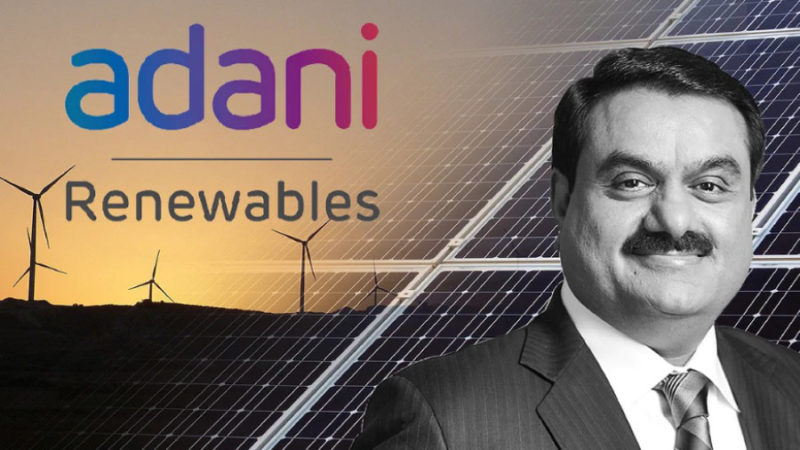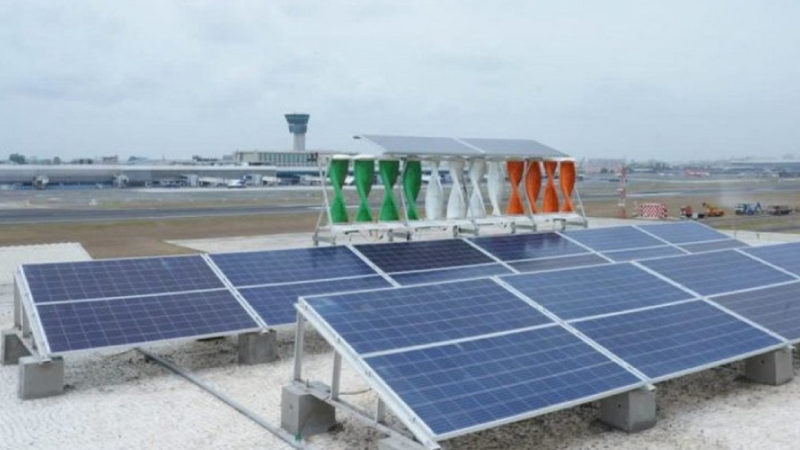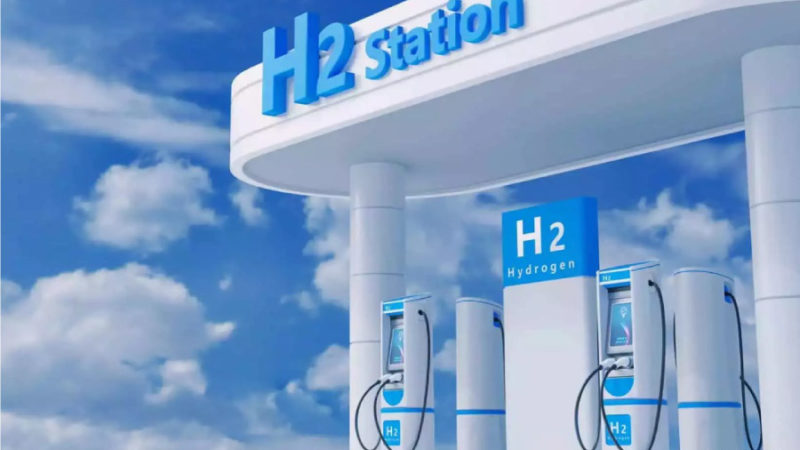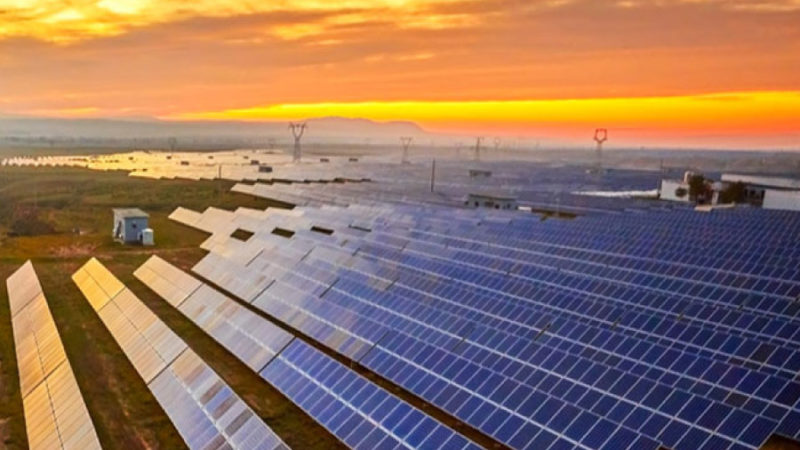Increasing solar power adoptions will boost base metals demand: Report

A recent report predicts that non-ferrous metals will find new markets in the coming years as a result of global energy transition targets
A recent report by Wood Mackenzie indicates that solar energy will have a significant impact on demand for aluminium, copper, and zinc, with the usage of all three metals in the sector set to double by 2040.
Non-ferrous metals will experience new markets as a result of the global energy transition and nation-level decarbonization targets, the report stated.
In this regard, Kamil Wlazly, senior research analyst at Wood Mackenzie pointed out that these base metals play a crucial role in any solar energy system. Most solar panels use aluminium for the front frame while zinc and aluminium for the structural parts. In addition, copper finds its uses in transmission cables, low voltage cable insulation, and thermal solar collectors.
He further reasoned that the falling production costs and efficiency gains have driven down the price of solar power around the world. As solar power costs continue to fall, solar energy will become a dominant power source globally. This global energy transition is poised to benefit the base metals market over the coming years.
As a base case scenario, the report takes into account a warming trend of 2.8 degrees Celsius to 3 degrees Celsius. Consequently, the demand for aluminium from solar power technologies, which was about 2.4 million tonnes (mt) for 2020, is expected to jump to 4.6 mt by 2040.
The report expects Copper demand to increase from 0.4 mt in 2020 to 0.7 mt by 2040. Meanwhile, the zinc demand from the solar power segment that accounts for about 0.4 mt currently, is expected to increase to 0.8 mt by 2040, based on the base case scenario.
Wlazly explained that modules’ surfaces and tracker areas will grow, so we expect structural components to scale at a similar rate to maintain strength and rigidity in a solar power system. This will result in an increase in aluminium and zinc use per module while keeping the intensity unchanged. On the other hand, copper use is expected to decline as the larger modules lead to fewer panels per given solar power plant capacity, so fewer and shorter cables are to be used.
Connect with Power Insight: Facebook | LinkedIn | Twitter








